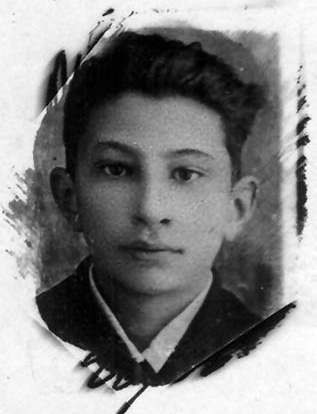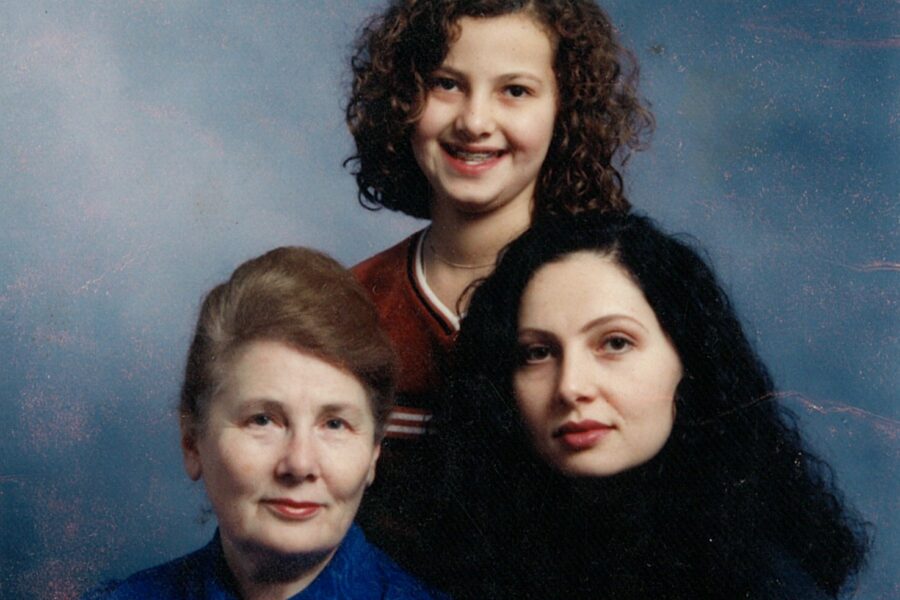Before the war my grandfather, Iosif Shmuel Pikus, his wife, and their three children (it was his second marriage) lived in the small town of Koydanovo (now Dzerzhinsk), near Minsk. Koydanovo had about three and a half to four thousand residents before the Revolution.
Germany attacked the U.S.S.R. on June 22, 1941. On June 22 or 23, my grandfather loaded his family and some possessions on a horse carriage and moved to the East, together with a crowd of other refugees. Along the way, soldiers of the Soviet army confiscated his horse and carriage, and the family continued on foot toward a town called Cherven. It was too late, however, because the Germans now had an outpost there. My grandfather had to return to Koydanovo.
My father, Elkon Iosifovich Pikus, told me the rest of the story. German troops had occupied Koydanovo by the evening of June 25, 1941. Within a week the Germans announced that all males between the ages of fifteen and sixty should report to the central square in order to be sent to work. They were told to bring enough food for three days. They were divided into three groups and sent to the villages of Galynki, Starynki, and others. Later it became known that all of those men were ordered to dig graves for themselves and then were shot to death. However, local polizei never let the families of those executed know what had happened; on the contrary, they continued to extort food from the families under the pretext of feeding their relatives.
Soon an announcement was made that a ghetto was being formed on Vilenskaya Street, and the rest of the Jewish population was rounded up there. Three or four families had to share a house, a barn, a shed. Entering or exiting the ghetto was prohibited.
People tried to trade clothes for a slice of bread or a couple of potatoes. Polizei searched the houses inside the ghetto and extorted anything of value. During those searches anyone who tried to protect their belongings—a pair of shoes, a dress—would be beaten severely. After one of those searches, my father’s sister Mindl was left bruised all over.
This situation continued until October 21, 1941. By that time only older people, women, and children were left in the ghetto. Early on the morning of October 21, people were rounded up at Vilenskaya Street and told that they would be relocated, and then were led toward the village of Makavchitsy. At the third alley leading to Yurzdyk Street, everyone was forced to go through a narrow passage that had fences on one side and a man-made hill on the other. The road dipped sharply, and people in the front were forced to keep moving forward by the crush of people behind them. They came to the edge of a huge pit that had been dug secretly the previous night. Then gunfire from the opposite side of the pit shot and executed the people.
Some victims in the pit were still alive after being shot. The soil on top of the pit continued to stir for several days after the massacre. A young woman by the name of Zupper, who wasn’t wounded, managed to escape from the pit.
This huge grave, barely covered with soil—a mass burial place of the Jewish people of Koydanovo—remained untouched until the day when Byelorussia was liberated from Germans. In 1944 the surviving Jewish people, despite the local government’s opposition, tidied up the grave where their loved ones were buried and erected a monument with a fence around it. The monument has the following sorrowful words carved in stone: “Here, in this grave are buried 1,600 residents not of Dzerzhinsk, killed by fascist murderers.” The Soviet government did not allow any reference to the nationality of those who were killed.
My relatives are buried in that grave: my aunt Mindl and her children Fima and Elya; and my grandfather’s first wife and her children, Hannah and Tolya. Altogether, seventeen of my relatives were killed in the Holocaust. On the day of the execution some Jewish men, including my grandfather Iosif and his oldest son, Alter, managed to get to Minsk by way of forest paths. There they entered the ghetto again but were killed when the ghetto was being liquidated.
One of our relatives, Sonya Kazhdan, escaped from the Minsk ghetto and joined Zorin’s partisan troop. Right after the liberation of Byelorussia, she visited us in Novosibirsk, where we had been evacuated, and told us what had happened there.
Written by Lev Pikus, Never Heard, Never Forget: Vol. I, 2017






